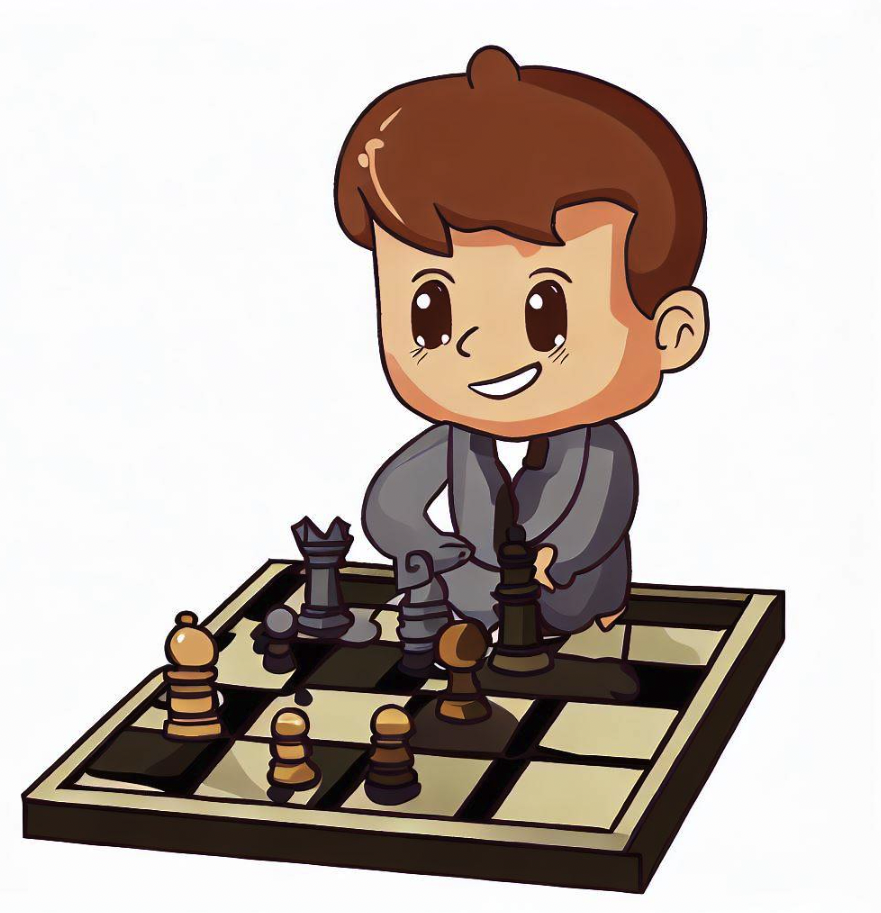Chess has captivated the minds of strategists and enthusiasts for centuries, with its intricate moves and strategic depth. But what if we introduce a new variant that adds a layer of uncertainty and psychological intrigue to the game?
Enter “Ambiguous Chess,” a unique twist on the traditional chess rules that challenges players to anticipate their opponent’s moves and make strategic decisions based on ambiguity.
In this article, we will explore the rules and dynamics of Ambiguous Chess and delve into the strategic considerations it presents.
Rules of Ambiguous Chess
In Ambiguous Chess, instead of directly playing their move, each player points at a free or occupied square they intend to move to. However, they must have at least one piece capable of reaching that square.
The opponent is then tasked with choosing which one of the possible pieces will indeed move to the indicated square.
If only one piece is capable of moving to the pointed square, the opponent has no choice, and the move can be executed immediately.
Notably, castling is considered a king move in this variant.
Variant of the day: Ambiguous Chess – nabla vs arimakat, 0-1
Absence of Check and Checkmate
One significant departure from traditional chess in Ambiguous Chess is the absence of check and checkmate.
Instead of focusing on delivering checkmate, the objective is to capture the opponent’s king.
This shift in victory conditions fundamentally alters the strategic landscape of the game.
Players must adopt a different mindset and evaluate each move with an emphasis on king capture rather than checkmating the opponent.
Psychological Warfare and Uncertainty
Ambiguous Chess introduces a fascinating element of psychological warfare into the game.
By pointing at different squares, players create ambiguity, forcing their opponents to make difficult decisions.
The opponent must consider various factors, such as the potential movement capabilities of different pieces and the potential threats posed by those moves.
This strategic uncertainty injects a thrilling level of suspense and anticipation into each move.
Variant of the day: Ambiguous Chess – Юрий Шпилев vs nabla, 0-1
Enhancing Tactical and Strategic Thinking
Ambiguous Chess places a premium on tactical and strategic thinking.
Players need to analyze the potential moves that can be made by each piece and anticipate their opponent’s intentions.
This variant demands a heightened level of calculation, as players must evaluate multiple scenarios and assess the risks and rewards associated with each possible move.
By challenging players to think deeply and make informed choices, Ambiguous Chess hones their analytical and decision-making skills.
Balancing Flexibility and Vulnerability
In Ambiguous Chess, players must strike a delicate balance between flexibility and vulnerability.
On one hand, by indicating multiple potential moves, a player increases their options and keeps their opponent guessing.
On the other hand, this very ambiguity exposes their pieces to potential capture or compromise.
Players must carefully weigh the advantages of flexibility against the risks of leaving their pieces in vulnerable positions.
This delicate balance adds an additional layer of complexity to the game.
Strategies and Adaptation
Successful players of Ambiguous Chess must adapt their strategies to the unique dynamics of the variant.
The ability to anticipate and analyze the opponent’s intentions becomes crucial.
Players should strive to create scenarios where their opponent has to make difficult choices, potentially leading to suboptimal moves.
Moreover, players need to be adept at recognizing patterns and identifying opportunities for capturing the opponent’s king.
Nimble adaptation and the ability to exploit the ambiguity of the game are key factors in achieving victory.
Conclusion
Ambiguous Chess offers a refreshing and thought-provoking twist on the classic game of chess.
By introducing uncertainty and psychological warfare, it challenges players to think strategically, adapt their tactics, and anticipate their opponent’s moves.
The absence of check and checkmate and the focus on capturing the opponent’s king reshape the strategic landscape.
Engaging in this variant of chess can be a thrilling experience, testing the mettle of players as they navigate through a world of ambiguity and calculated decision-making.
So, if you’re ready to explore the realms of uncertainty and strategic intrigue, give Ambiguous Chess a try and embark on a thrilling chess adventure like never before.


